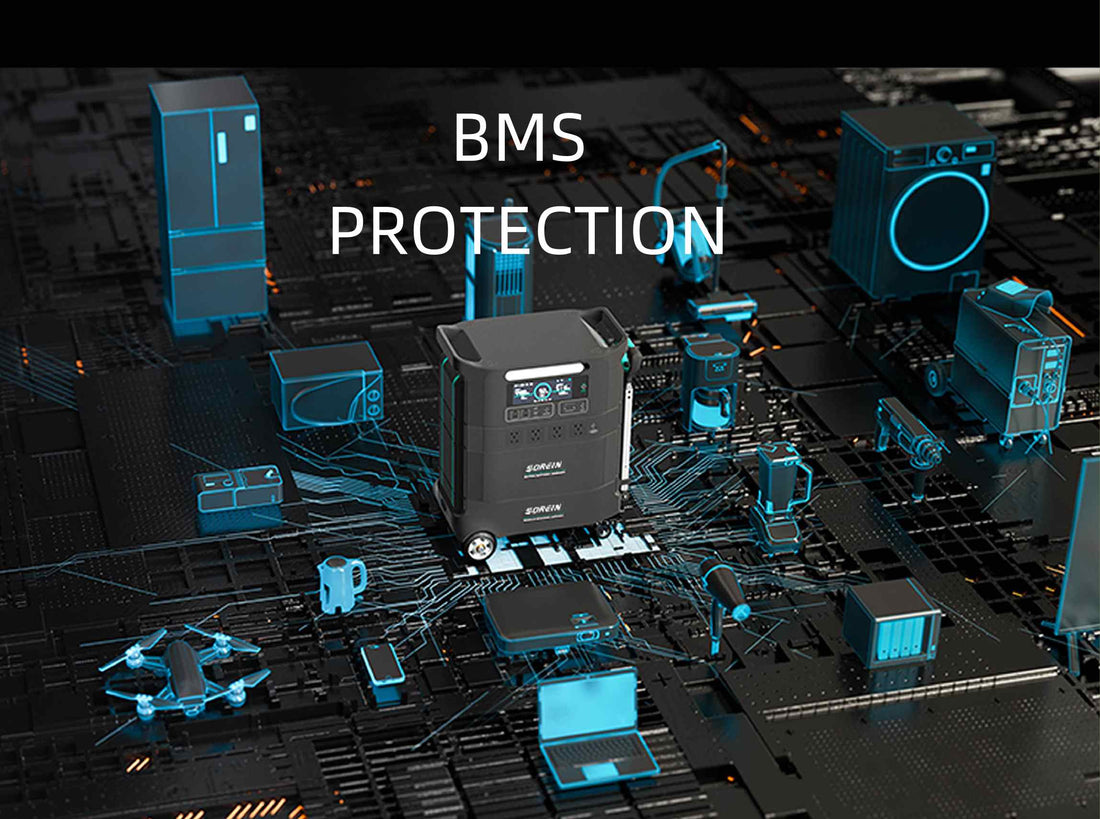Structure of a Portable Power Station and Key Component Parts

A portable power station typically consists of several key components, each playing an important role in overall performance and user experience:
1. Battery Unit
- Function: Stores electrical energy, determining the power station's capacity (Wh) and usage time.
-
Types: Common types include lithium-ion batteries and lithium iron phosphate batteries, the latter being safer and having a longer lifespan.

2. Inverter
- Function: Converts direct current (DC) into alternating current (AC), enabling the power station to supply power to various devices.
-
Key Parameters: Output power and waveform (sine wave or square wave); a high-quality inverter provides stable power, protecting connected devices.

3. Charging Controller
- Function: Manages the battery charging process, ensuring safety and efficiency during charging.
- Features: Prevents overcharging, over-discharging, and short circuits, extending battery life.
4. Output Interfaces
- Function: Provides multiple charging options to connect different types of devices.
-
Types: Includes USB-A, USB-C, AC outlets, and DC outputs.

5. Display Screen and Control Panel
- Function: Displays real-time information such as battery level, output power, and charging status, making it easier for users to monitor.
-
Features: Some high-end models include smart control options that can be managed via an app.

6. Enclosure and Cooling System
- Function: Protects internal components and provides good heat dissipation to prevent overheating.
- Materials: Typically made from durable plastic or metal, ensuring durability and impact resistance.
7. Safety Protection System
- Function: Provides overload protection, short circuit protection, temperature protection, and other safety features.
-
Importance: Ensures the safety of the device and user during operation, preventing accidents.












